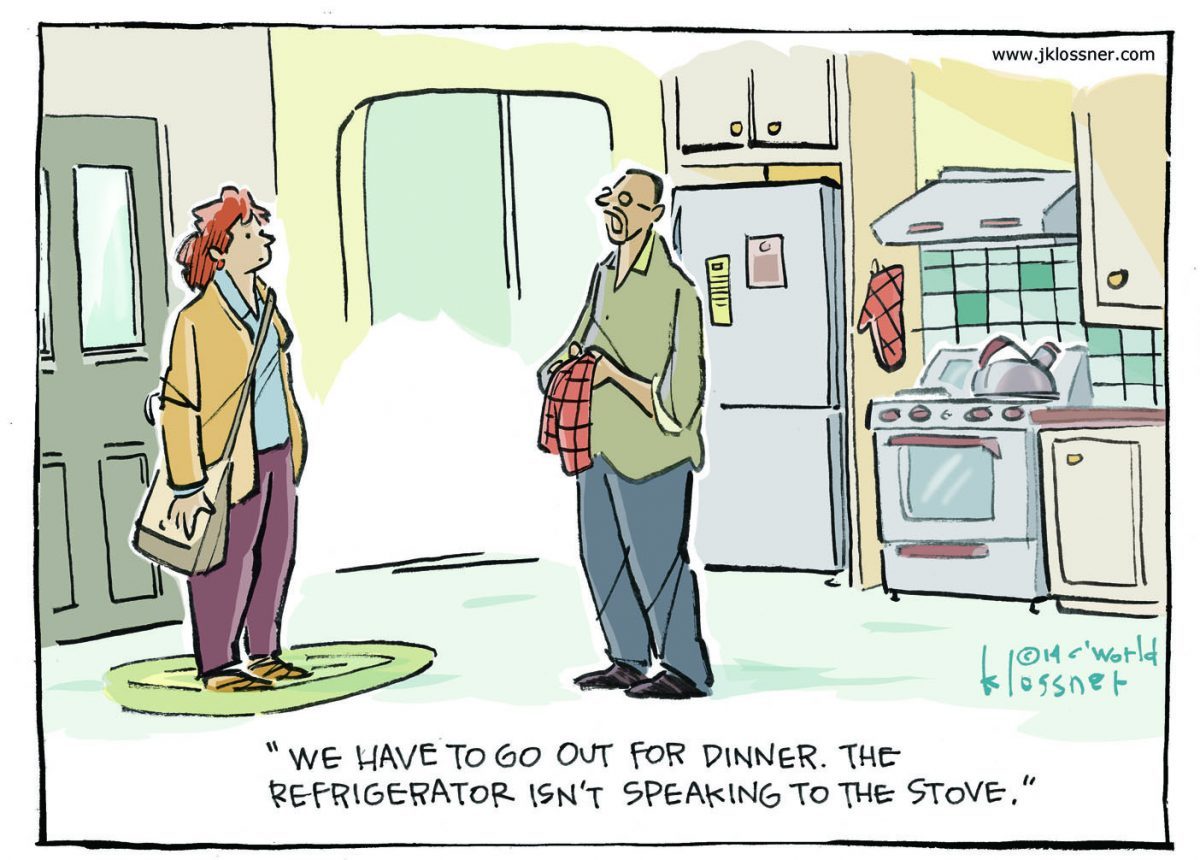Your smartwatch can do an ECG, your voice assistant can check your bank balance, and your car can suggest the best route and speed to minimize your carbon footprint. Look around, the “Internet of Things” is here and its already happening all around you.
So what is the “Internet of things”? The Internet of Things (IoT) is a network of physical devices, vehicles, home appliances, and other items embedded with electronics, software, sensors, actuators, and connectivity which enables these things to connect and exchange data, creating opportunities for more direct integration of the physical world into computer-based systems, resulting in efficiency improvements, economic benefits, and reduced human exertions. According to Wikipedia, the number of IoT devices increased 31% year-over-year to 8.4 billion in the year 2017 and it is estimated that there will be 30 billion devices by 2020. The global market value of IoT is projected to reach $7.1 trillion by 2020.

How does Internet of Things impact us?
Like every technological innovation from the discovery of the wheel, IoT and its usage opens doors to many opportunities, while creating new threats. Data security and privacy, become primary since IoT is all about sharing and transferring data from people to devices (things) and then from things to things. The next challenge is the power of the algorithm, when presented with diverse sets of sensor data, spread across neural networks, and the impact of AI (artificial intelligence) programs talking to each other.
Where do we expect Internet of Things to boom? Here’s a list:
* Smart Cities- for managing peak hour traffic, controlling noise pollution around schools and hospitals, creating green channels for emergencies and/or accidents etc. Garbage disposal, water and power management, as well as public health are just a few instances.
* Home Automation- for remotely controlling appliances at home as well as alerting owner of any unusual activity or theft
* Monitoring Health- to identify unusual patterns of blood pressure, heart rate, pulse etc. alerting emergency services and hospitals for handling unexpected situations. When added with robotics and tele-medicine, lives of senior citizens as well as disabled people can be transformed.
* Smart Environment- to monitor pollution and natural calamities, monitoring air quality, the quality of water supplied for drinking, are expected, but disaster warnings and management would be cutting edge. For instance, IoT systems can also detect tremors and send warnings of earthquakes and tsunamis and can also keep rivers and dams under surveillance to keep water level in check. This technology can also detect forest fires.
Pros :
Automation of daily tasks through better monitoring of devices: The IoT allows you to control the tasks that are done on a daily basis without any human intervention. Machine-to-Machine communication helps in maintaining transparency in the processes and leads to consistency in the tasks as well as maintains the quality of service.
Efficient and Saves Time: The machine-to-machine interaction is efficient and accurate results can be obtained fast. This saves time and enables people to do other jobs. Cost Reduction: Optimum utilization of energy and resources can be achieved by adopting this technology and keeping the devices under surveillance. We can be alerted in case of possible breakdowns, damages to the system and any other emergencies leading to cost reduction.
Improving Quality of Life: Applications of this technology help improving quality of life by increasing comfort, convenience, and better management.
Cons :
Loss of privacy and security: As all the household appliances, industrial machinery, public sector services like water supply and transport, and many other devices are connected to the Internet, a lot of information is available on it. Confidential information can be accessed by unauthorized intruders leading to misuse of private information. Compatibility: As devices from different manufacturers will be interconnected, the issue of compatibility and technicality will persist unless the manufacturers agree to a common standard.
Complexity: The IoT is a diverse and complex network. Any failure or bugs in the software or hardware will have serious consequences. Even power failure can cause a lot of inconvenience. Lower Employment: Due to automation of daily activities, unskilled staff may end up losing their jobs, leading to unemployment in society.
IoT Society:
As with every technological disruption, IoT will also bring human innovation and changes in society. As more routine tasks get automated with IoT, human decision making and thought will have to move towards addressing new and different challenges. That journey, leveraging IoT to its full potential, will be another transformation for humanity.
